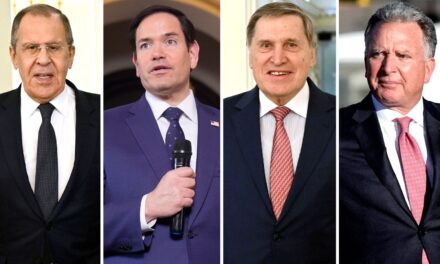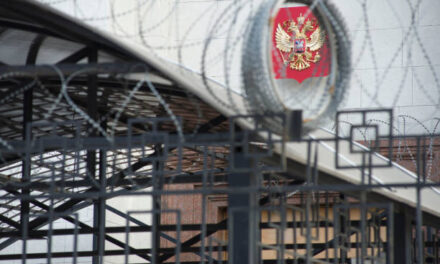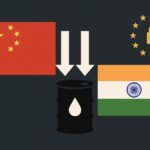After failing to subdue Ukraine by force, the Kremlin has shifted to a cheaper, faster offensive: manufacturing viral falsehoods that ricochet through U.S. politics, right-wing media ecosystems, diaspora communities, and European social platforms until they are repeated from the podiums that matter most. The piece argues that Russia’s doctrine of “reflexive control” now targets American decision-makers, helping stall or shape aid for Kyiv and moving the center of gravity from Donetsk to Washington. Concrete examples show how fabricated narratives—such as claims that Ukraine “started the war,” that President Zelenskyy has negligible support, or that Ukrainian troops were “surrounded” in Kursk—became talking points in the United States, even though subsequent U.S. and European intelligence reporting contradicted them. Another high-impact hoax—the story that Zelenskyy bought multimillion-dollar yachts with U.S. aid—originated on fringe, Kremlin-linked sites and spread widely before fact-checkers knocked it down. In parallel with rumor mills, paid influence networks such as the Tenet Media scheme funneled Kremlin money toward American creators who reached millions, further mainstreaming pro-Russian frames. Experts quoted in the article stress that such propaganda often doesn’t convert the unconvinced; instead, it legitimizes existing anti-liberal or isolationist instincts by supplying ready-made “evidence,” turning support for Ukraine into another front of the U.S. culture war. That dynamic shows up in diaspora spaces too, including some U.S. Slavic churches and private group chats, where anodyne “pray for peace” messages coexist with unchallenged Kremlin talking points. The campaign is transatlantic: European officials warn of industrial-scale operations—networks of tens of thousands of fake accounts pushing up to hundreds of thousands of daily posts that seed fears about “nuclear war,” economic collapse, or migration—to erode support for Ukraine. Inside Ukraine, Moscow’s information ops magnify mobilization anxieties and viral clips of draft evasion to sap morale and trust. The article’s bottom line is stark: Russia’s most effective weapon of 2024–25 is cognitive, not kinetic. By turning low-cost forgeries, shell companies, and hyper-targeted memes into a pipeline that reaches the White House and allied capitals, the Kremlin has gained leverage it could not win with tanks—and countering it will require tailored messaging to specific audiences and relentless, concrete fact-correction.
From Tanks to Trolls: How Kremlin Fakes Captured the White House












